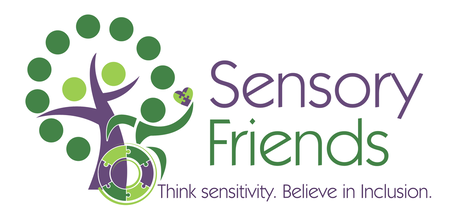
Many professionals, such as tutors, extra-curricular activities instructors (dance, karate, sports coaches, etc.) or anyone providing supplemental education services, may run into a circumstance in which they work with a child with special needs and are unaware of strategies that can or should be used for communicating and working with the child. I’ve worked with many families, educators, and professionals in regular and special education settings. My suggestions to professionals who are working with, or wish to work with children with disabilities include:




© 2015 Sensory Friends

 RSS Feed
RSS Feed